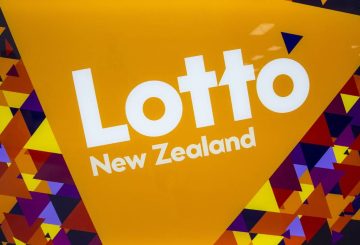한 산업 단체가 해양 석유 및 가스 탐사 금지를 해제하기로 한 정부의 결정에 흥분하고 있습니다.셰인 존스 자원부 장관은 뉴질랜드의 천연 가스 매장량이 감소하고 있다고 설명하면서 결정을 발표했습니다.그는 또한 풍력, 태양열, 수력 발전과 같은 지속 가능한 자원이 항상 신뢰할 수 있는 것은 아니라고 언급했습니다.
존스는 천연가스가 특히 전력 수요가 많고 다른 에너지원이 충분히 생산되지 않는 시기에 전력 공급을 유지하고 경제를 지원하는 데 매우 중요하다고 말했습니다.
산업 그룹인 에너지 리소스 아오테아로아 (Energy Resources Aotearoa) 는 금지령 해제에 만족감을 표했습니다.존 카네기 (John Carnegie) CEO는 이 결정이 합리적이고 실용적이라고 평가했습니다.그는 안전한 가스 공급이 재생 에너지로의 전환에 도움이 될 것이라고 믿습니다.
카네기는 가스 사용과 기후 변화 목표 달성 중 하나를 선택하는 것이 아니라고 지적했습니다.그는 우리가 가스 사용량을 늘리면서도 기후 변화 목표를 달성할 수 있다고 믿습니다.그는 또한 가스 부문이 매우 엄격한 환경 규정을 따르기 때문에 석유 및 가스 생산으로 인한 환경 위험이 최소화된다고 강조했습니다.
그러나 모든 사람이 이 결정에 동의하는 것은 아닙니다.녹색당 공동 당수인 클로이 스와브릭은 정부가 국제사회의 조언을 무시했다고 비판했다.그녀는 2021년부터 새로운 석유, 석탄, 가스 프로젝트를 중단하라는 국제에너지기구 (IEA) 의 권고를 언급했습니다.
노동당도 이번 결정을 비판하며 기후변화에 대한 뉴질랜드의 대응에서 큰 후퇴를 맞았다고 평가했다.2018년에 금지령을 도입한 노동당 에너지 대변인 메간 우즈 (Megan Woods) 는 새로운 정책이 재생 에너지로의 전환에 도움이 되지 않을 것이며 화석 연료 회사들이 환경을 이용하도록 허용할 것이라고 말했다.그녀는 이로 인해 배출량이 앞으로 수년 동안 갇힐 수 있다고 경고했습니다.





























































